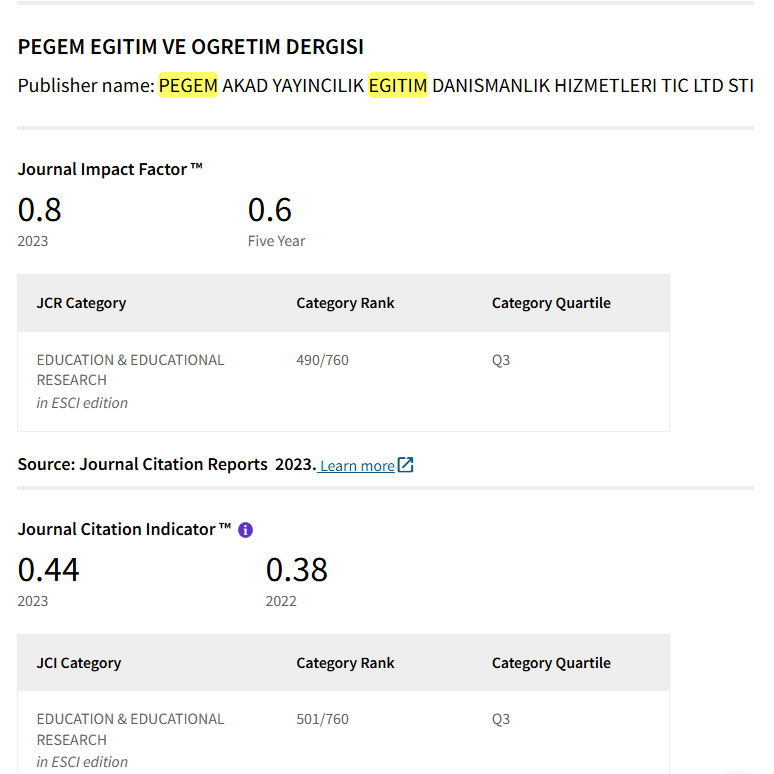Surgical Modulation of Movement Disorders: Insights into Target-Based Deep Brain Stimulation Outcomes
Keywords:
Movement Disorders, Deep Brain Stimulation, Outcomes.Abstract
Deep brain stimulation (DBS) has transformed the therapeutic landscape for movement disorders such as Parkinson’s disease (PD), essential tremor (ET), and dystonia. Target selection—including the subthalamic nucleus (STN), globus pallidus internus (GPi), and ventral intermediate nucleus of the thalamus (VIM)—critically shapes outcomes based on symptom profile, cognitive status, and comorbidities. STN-DBS is highly effective for motor symptoms and medication reduction in PD but may adversely affect mood and cognition, particularly in older adults. GPi-DBS offers superior control of dyskinesias and a safer neuropsychological profile, while VIM-DBS remains optimal for tremor management, albeit with limited impact on other symptoms.
Downloads
References
Benabid AL, Pollak P, Gao D, et al. Chronic electrical stimulation of the ventralis intermedius nucleus of the thalamus as a treatment of movement disorders. J Neurosurg. 1996;84(2):203–214.
Krack P, Batir A, Van Blercom N, et al. Five-year follow-up of bilateral stimulation of the subthalamic nucleus in advanced Parkinson’s disease. N Engl J Med. 2003;349(20):1925–1934.
Downloads
Published
How to Cite
Issue
Section
License

This work is licensed under a Creative Commons Attribution-NonCommercial 4.0 International License.
Attribution — You must give appropriate credit, provide a link to the license, and indicate if changes were made. You may do so in any reasonable manner, but not in any way that suggests the licensor endorses you or your use.
NonCommercial — You may not use the material for commercial purposes.
No additional restrictions — You may not apply legal terms or technological measures that legally restrict others from doing anything the license permits.



